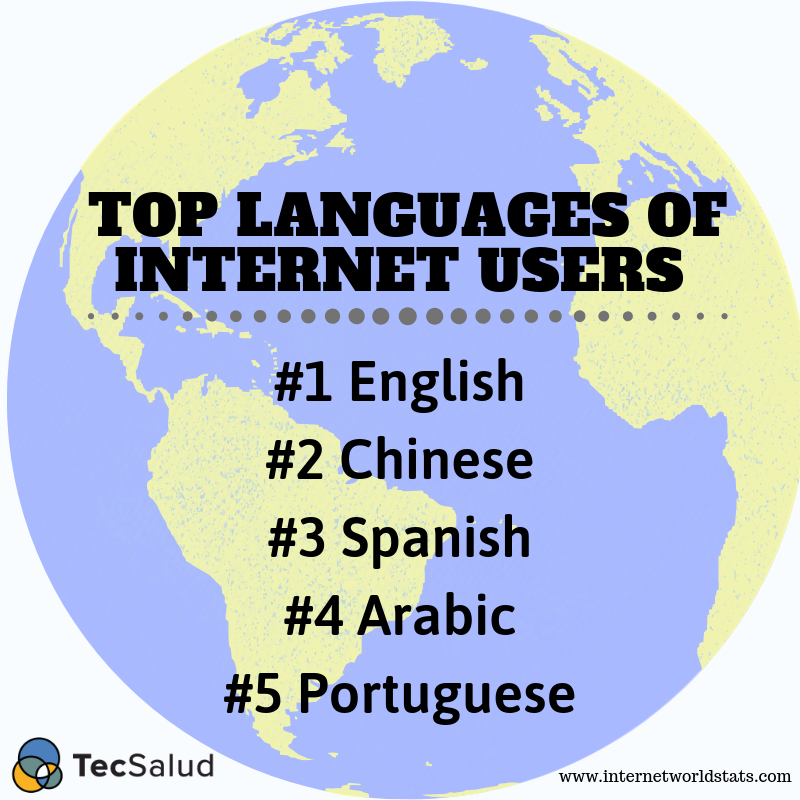Why? So more people can understand them!
We’re a multi-lingual team. We’re constantly communicating between English and Spanish. We reference best practices, share relevant resources and gather data to use with our partners across Latin America and the Caribbean.
While this region isn’t the most popular international development destination, there are a number of smaller studies and programs that have been implemented and discussed. They cite work conducted in the region which is a great start, but it was difficult to find information translated into Spanish.
Because of this, we decided to do a little investigating. We asked 10 international development organizations that published research and case studies primarily about or directly related to a Spanish-speaking country.
Our question:
"Do you have this material in Spanish? If not, are you willing to translate it?"
- 2 out of 10 had the information available in Spanish.
- 1 out of 10 did not have the information available in Spanish but gave us permission to fund the translation ourselves.
- 1 did not respond.
- 6 out of 10 did not have the information available in Spanish and were not planning to translate the materials.
Why does this matter?
Digital development efforts funded by international development organizations often create robust reports, M&E impact evaluations and case studies filled with valuable information about their time implementation, challenges and recommendations. Publications are almost always released in English, making it difficult to find and access for the non-English speakers of the world.
If that data were gathered and programs implemented in a Spanish-speaking country, why is it not available in Spanish? If you’re only publishing in English, you may be contributing to the digital language divide, and more broadly, the digital divide. Access to information is as vital to digital development as access to the technology and the internet.

The digital development community may be unknowingly creating a bigger divide by using exclusively English and international development specific hashtags like #ICT4D or #Techforgood without considering the consequences of branding in a way that only a very specific crowd can access.
A major telecommunications company’s foundation was asked our translation question in regards to a published case study in El Salvador. The response? “We don’t always have funding to translate these materials.”
Translating a 2-page case study summary costs as little as 40 dollars and would mean that the approximately 6.3 million Spanish speakers in El Salvador could access an article about their own country more easily.
This in turn could mean that readers could share the post with any of the 23 neighboring Spanish-speaking countries to share resources.
See where we’re going with this?
While many groups fully acknowledge the value in language access, the digital development ( “ICT4D”) community could do better including non-English speakers through simplified posts, less ICT4D jargon and perhaps a dedicated budget for digital language inclusion, especially when directly citing great work carried out in places where English is not the norm.
We’re thrilled that some initiatives like the Digital Principles are jumping on board and creating materials that non-English speakers can use without having to fund translation themselves.
Are you looking to make the jump into offering multi-lingual content & resources? Talk to us!